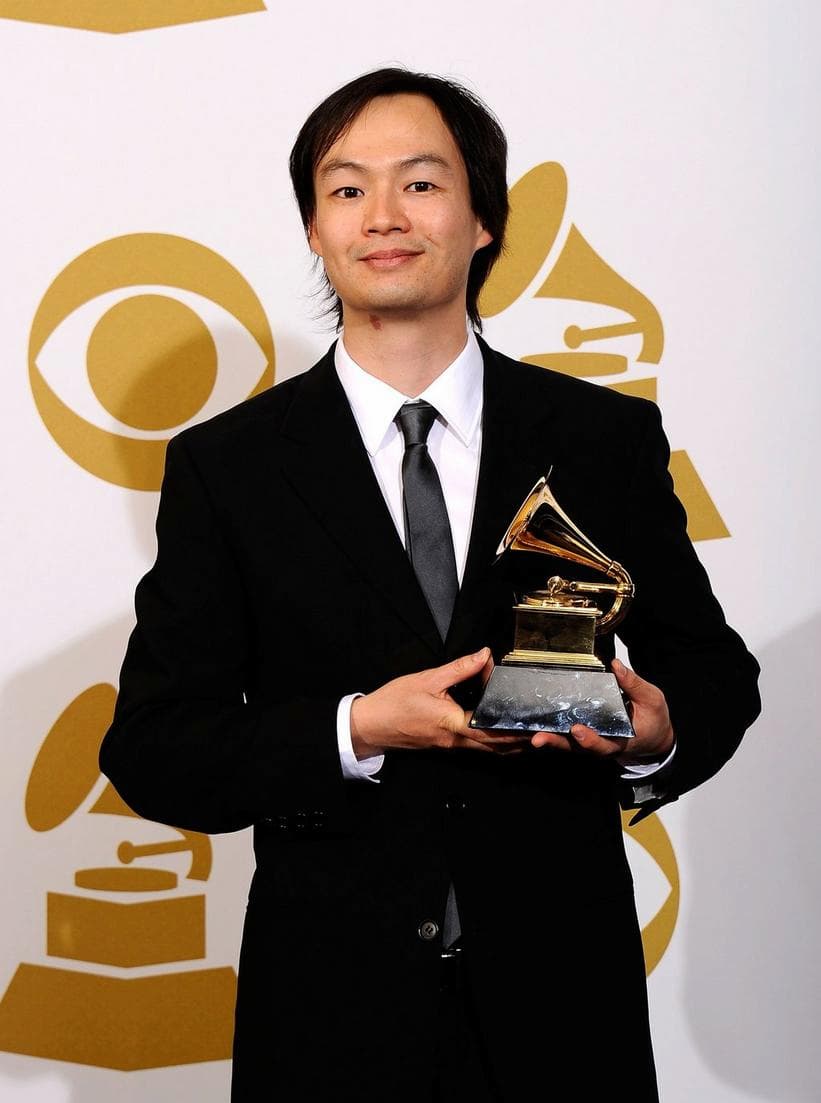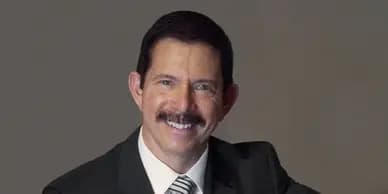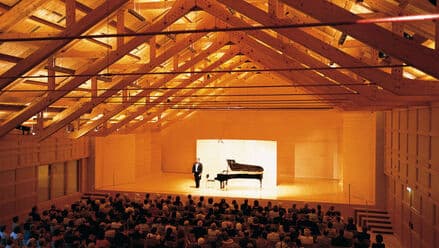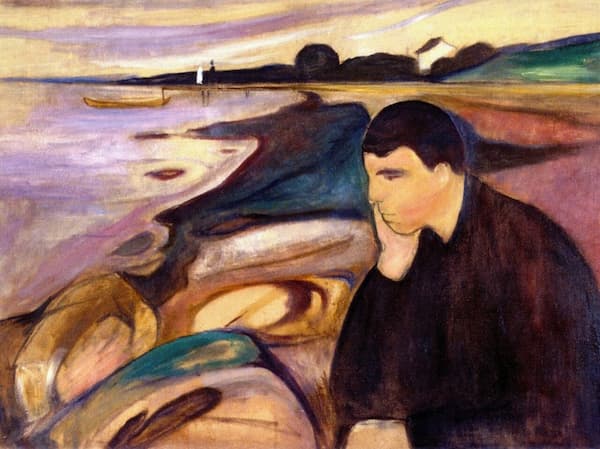American poet Emily Dickinson’s three-stanza lyrical poem ‘”Hope” is the thing with feathers” gives us the idea of a mysterious singing being. Invisible to the eye, singing songs without words, the being can be heard through the most difficult times and its song keeps the listener warm. It gives hope to the poet and yet asks nothing in return, not even to be fed. It can be imagined as a bird (it perches, it sings) yet there’s an extraordinary quality about it that removes it from regular bird-dom.
HOPE
“Hope” is the thing with feathers
That perches in the soul,
And sings the tune without the words,
And never stops at all,
And sweetest in the Gale is heard;
And sore must be the storm
That could abash the little bird
That kept so many warm.
I ‘ve heard it in the chillest land,
And on the strangest sea;
Yet, never, in extremity,
It asked a crumb of me.
Emily Dickinson

Emily Dickinson, daguerrotype, 1848
As with many of her early poems, the style is influenced by hymnody: the 12-line poem is in three 4-line quatrains and alternates three beats and four beats in each stanza. In the poem, originally just entitled “Hope”, and now known by its entire first line, each line in a stanza changes between iambic tetrameter (4 beats) and iambic trimeter (3 beats). Composers have taken up this most popular of Dickinson’s poems and made works of true beauty.
We will look at the setting by 4 modern composers, each of whom approaches the poem in a different fashion.
In his tribute to the lost birds of the world, both physical and metaphorical, composer Christopher Tin brings Dickinson’s poem to life, sending it out over the sea to return to comfort the listener.

Christopher Tin winning a Grammy for Best Instrumental Arrangement Accompanying Vocalist(s), 2014)
Christopher Tin: Hope Is the Thing with Feathers (Voces8; Royal Philharmonic Orchestra; Christopher Tin, cond.)
American pianist and composer James Adler, setting the song for solo voice, uses the cello and piano to provide a solid background that both supports the voice and makes their own comments on the text in music.

James Adler
James Adler: “Hope” is the thing with feathers (Perry Sook, baritone; Adam Fisher, cello; James Adler, piano)
The text has been used for songs about surviving AIDS and about surviving our latest epidemic, COVID. Here, Italian composer Ivo Antognini (b. 1963) dedicates his choral setting to the choral director Dario Piumatti, who came down with COVID during those early fatal days, but survived, perhaps because of ‘thing with feathers.’

Ivo Antognini
Ivo Antognini: Hope Is the Thing with Feathers (Cambridge Trinity College Choir; Stephen Layton, cond.)
Claire Victoria Roberts’ 2002 setting of the poem gives us a bird in motion, restless and jagged. The performance involves handclapping and whispers, and through all of it, hope sings through.

Claire Victoria Roberts
Claire Victoria Roberts: Hope is the thing with feathers (NYCGB Fellowship Ensemble; Ben Parry, cond.)
In these four very different vocal settings of Dickinson’s little poem, we hear how music can augment her thoughts: the mood can be restless, but Hope still comes through. The times can be difficult, but Hope still comes through. Even when things are all chorally smooth, Hope still comes through.
This is our wish for the New Year: Hope still comes through. When the nations of the world forget that tomorrow is the goal and try to make today the end of everything, Hope still must come through.
Here’s to your own New Year, full of Hope.
For more of the best in classical music, sign up for our E-Newsletter




